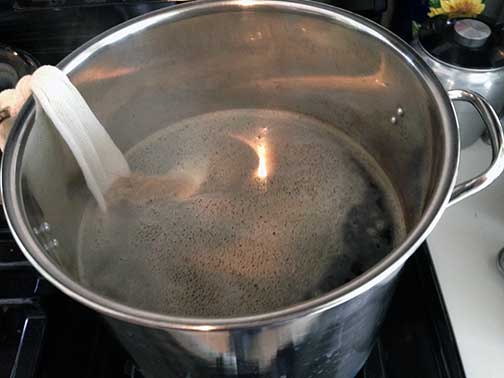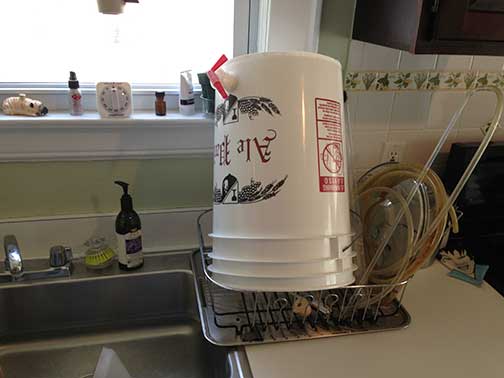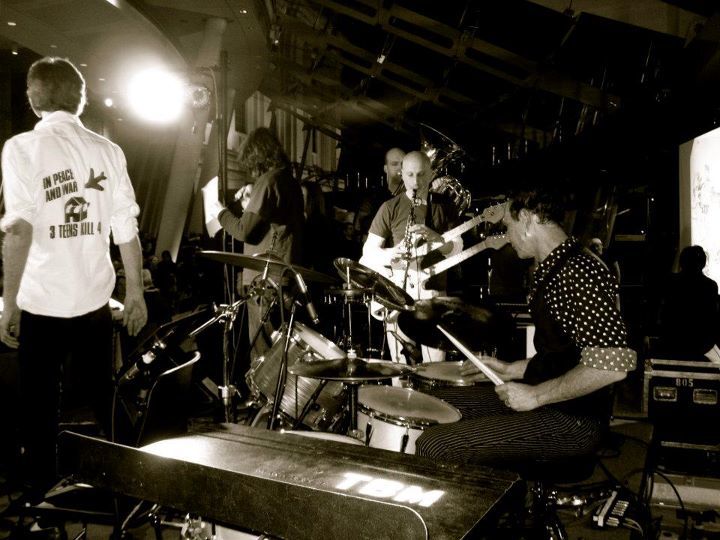My first-ever iPod, affectionately referred to as the PigPod, died last week. I know it’s a trivial matter, but the internet is filled with extensive writing about meaningless things, so I’m jumping on that bandwagon.
The first time I ever saw an iPod, I hadn’t even heard of one yet. Friends had invited us for dinner, and one of their kids –just barely a teenager– had one. He was incredibly excited to show it off, and I pretended to be awed by it, but the truth is I couldn’t figure out why anyone would want such a thing. Sometimes I can be slow to catch on.

It was pretty impressive that it could hold 1000 songs. A thousand of anything is a lot; that much I understood. But at that time, none of my music was on my computer. I don’t even think I knew then how to get it onto my computer if I had wanted to. I may not even have known that it was possible to put it onto my computer. Besides, I already had a portable CD player, so why bother?
Soon after that I got into the whole SongFight! thing and cobbled together a digital recording studio, and started burning my tunes to CD-RW. In turn, Frankie Big Face, who then served with nary a hint of reluctance as my personal IT service, showed me how to rip mp3s from the CDs so that I could email my songs to the Fightmaster. But even then I only saw it as a means to that specific end. The iPod wasn’t anywhere on my radar.
Two or three years later, after we had moved to NJ, a co-worker’s husband gave her a new iPod for her birthday, fully loaded with all their music. As she was showing it to us the next day, I picked it up and, like magic, I suddenly understood. Understood so clearly that I couldn’t figure out why I hadn’t been able to understand it before. This thing was amazing.
A few weeks later my wife gave me one for our 17th anniversary. I don’t remember what I gave her, but it could not possibly have been as cool as my shiny new custom engraved 40GB PigPod. No way.

I spent the next weeks ripping our CD collection to mp3s, slowly but surely filling the ‘Pod with our tunes. It seemed to take forever, but one day it was finished and I could carry my entire record collection in the palm of my hand. To say that it changed everything may be a bit of an overstatement. But it changed a lot. No more deciding which CDs to take on a road trip, for example. Recommending a record to someone, and having it in my pocket right at that moment. It was an incredible feeling at the time.

Of course I know mp3s are not the optimal medium for recorded music, and in fact I have recently gone back and re-ripped all my CDs to lossless format. And I realize by some people’s reckoning that still leaves me at least one step behind, in that the current trend is back to vinyl LPs, audiophiles everywhere loudly proclaiming the warmth, depth, and general overwhelming superiority of the polymer groove. That’s all well and good. I miss my old vinyl records, and I often think about investing in a really kickass new stereo, including an awesome turntable. And someday I just might. But at the same time I don’t truly believe most people (and certainly not I) actually possess the ability to discern vinyl from CD, and probably not even from a 256kbps mp3. But regardless, that was never what the iPod was about. At least, not in my mind.
In retrospect, I think it’s really the ripping of the CDs that turned out to be –in the long run– the most interesting thing about having the iPod. Up until that point, I had spent my whole life leafing through my albums, and later our CDs, one by one when looking for something to play. I diligently kept them all in alphabetical order, by band name or artist’s last name, obviously, and spent hours keeping them curated, cleaned and protected. Now suddenly, all those songs were right there at my fingertips, all at once. Searchable by title, artist, album, date, or any other way I wanted to file them. The grooves couldn’t get scratched. They couldn’t be left out of their cases, or inadvertently filed in the wrong place. And I could see things about my collection that I couldn’t see before.
Without actually ever having counted, I could have easily told anyone who cared to know that we had more music by Emmylou Harris than any other artist. The first time I heard Emmy sing, I thought I might have died & gone to Heaven without realizing it, and over the intervening years I had picked up everything of hers I could find. But I would never have guessed that the second most well-represented artist in our collection would be Eric Clapton. Looking at it from the opposite perspective, I was shocked at what a small showing was made by Willie Nelson and Tony Rice, two of my all-time heroes.
Like most people, today I take iTunes pretty much for granted, rarely giving it a thought except to turn it on and, later, turn it off. But at the time, I had quite a few little revelations while loading it all up.
Of course like all things computerlicious, the PigPod was obsolete almost before it arrived at my door, and over the years our house has been home to numerous other iterations of the iPod, and now we’ve mostly moved past it in the sense that it is rare for either of us to actually listen to one. We have an old iPod Touch connected to our kitchen radio, but that’s background music at most. And the truth is the original PigPod has spent most of the last 5 years or so lying on top of the stereo system in the design studio where I work. And even there, it rarely saw any use.
Last week I brought it home and updated its contents so that my wife could use it in her workplace. Everything was fine when I synced it with iTunes, and we chuckled a bit at how we had kind of forgotten exactly how to use it. The next day when she tried to play it, the battery appeared to be dead. She plugged it in to charge, but it never came on again. She brought it home and I tried to resuscitate it, but it has simply spun its last spin.
The PigPod is dead. Long live the PigPod.
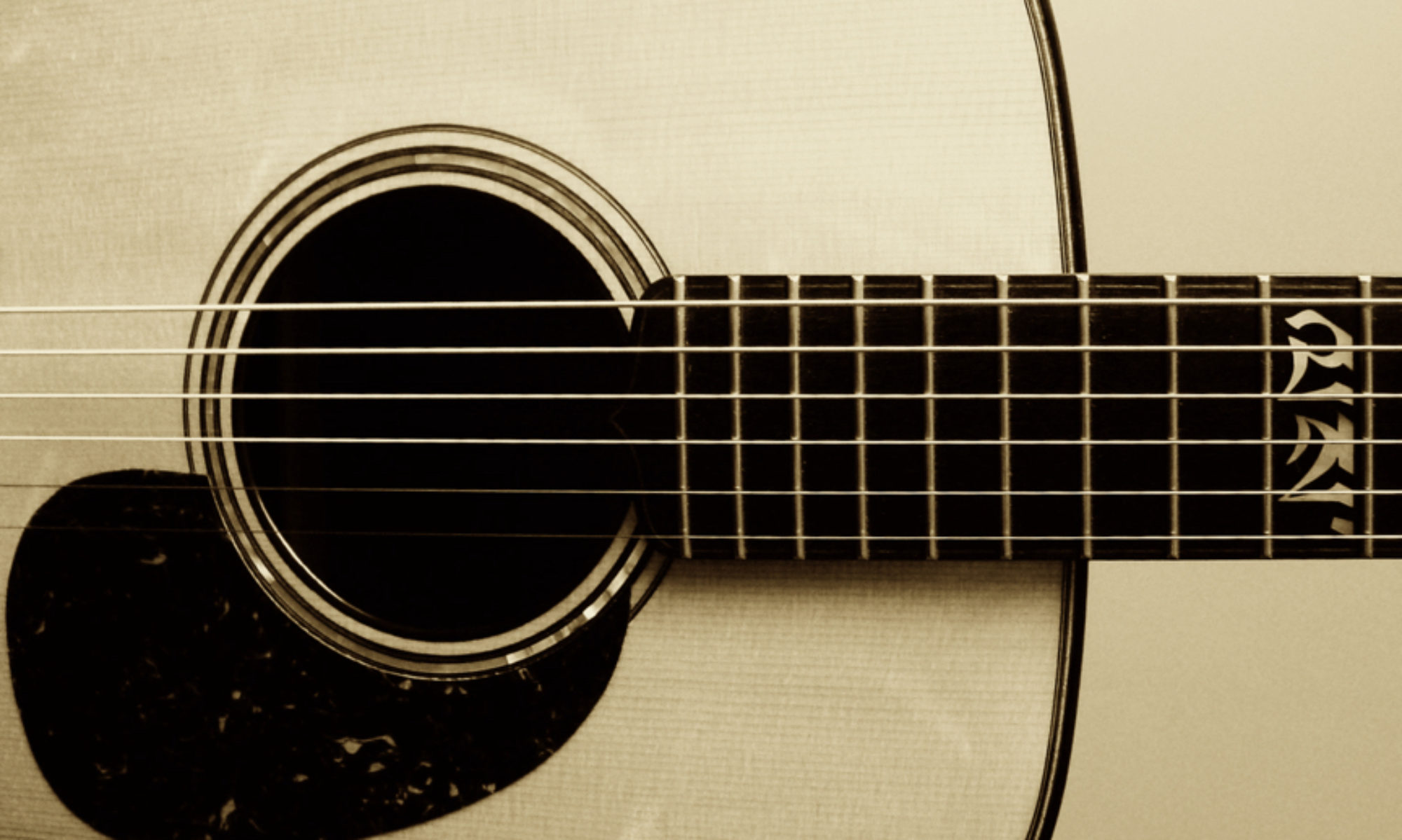




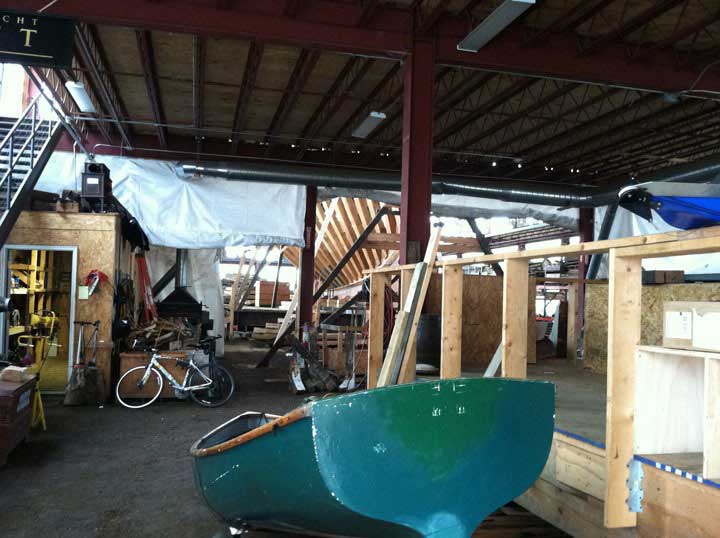




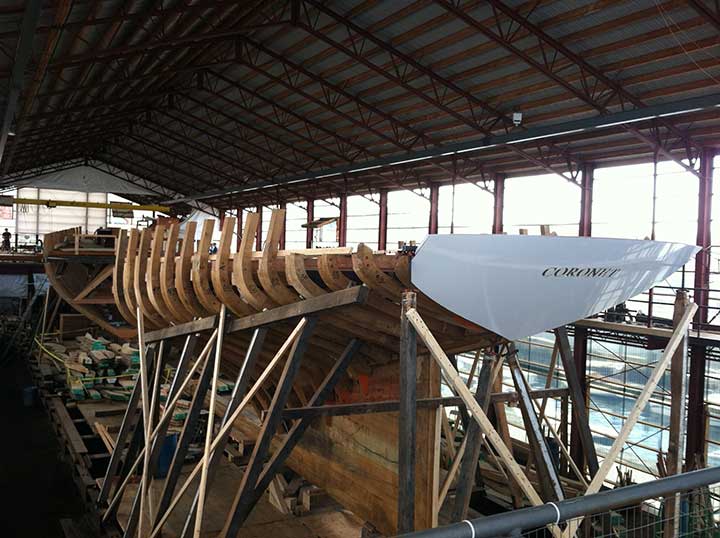 Again, visitors look down from a catwalk at the workers below.
Again, visitors look down from a catwalk at the workers below.










